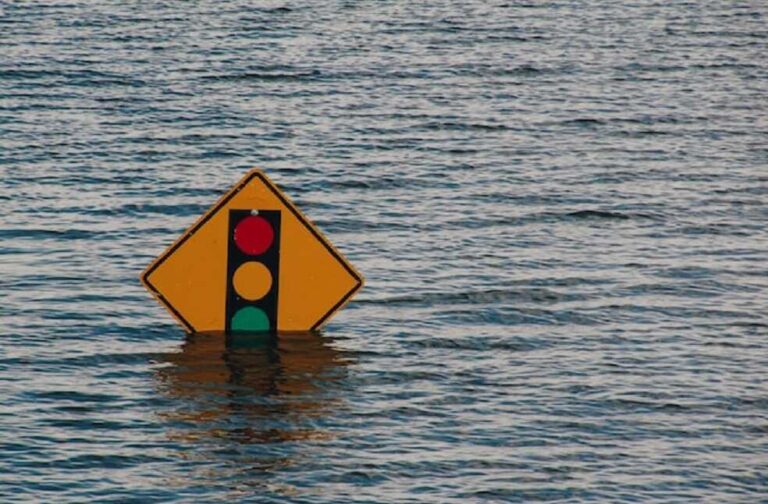Brazil: Rio Grande do Sul, the southernmost state of Brazil, has seen at least 29 fatal floods, with local authorities calling it “the most critical flooding recorded in history.”
According to Rio Grande do Sul’s civil defense, the storms, which have wreaked the most havoc on the state in recent memory, have also left 10,242 people displaced in 154 communities and 60 individuals missing.
“It’s not just another critical case; it’s the most critical that the state will probably have recorded in its history,” state governor Eduardo Leite said in a live broadcast on social media, adding that the situation is worse than last year’s rains in the state.
The main utility firm in the state said that a dam at a small hydroelectric power plant burst on Thursday, leaving over 300,000 people without electricity.
On Thursday, President Luiz Inacio Lula da Silva of Brazil visited the state to meet with local officials and show his support.

“Everything that is within reach of our government will be done to attend to the needs of the people who are being affected by these rains,” he wrote on X.
As river and stream levels dramatically increased, operators reported power and water outages throughout the state, and officials provided details of multiple instances of landslides, inundated roadways, and destroyed bridges.
According to Brazil’s National Institute of Meteorology, or INMET in Portuguese, rainfall in certain areas of the region topped six inches in a single day on Tuesday.
Declaring the floods to be “the worst climate disaster” the state has ever experienced, Governor Leite declared on Wednesday.
El Nino is a climatic phenomenon that periodically affects South America, but this year its effects have been more noticeable, with the Amazon experiencing a catastrophic drought.
Scientists claim that because of climate change brought on by humans, extreme weather is occurring more frequently.



